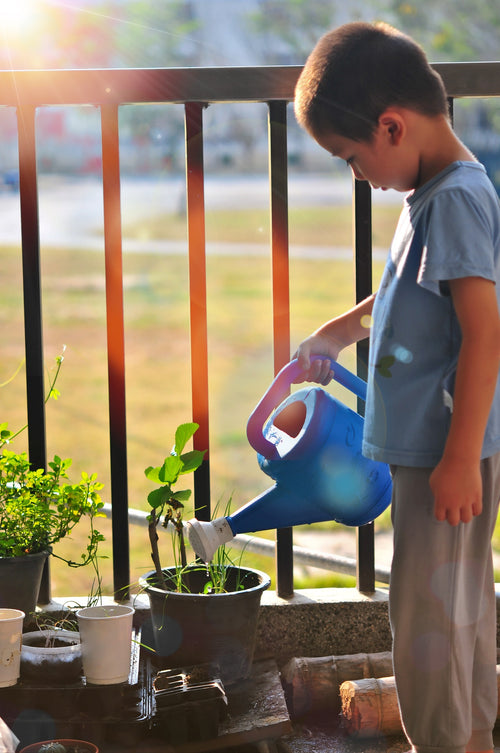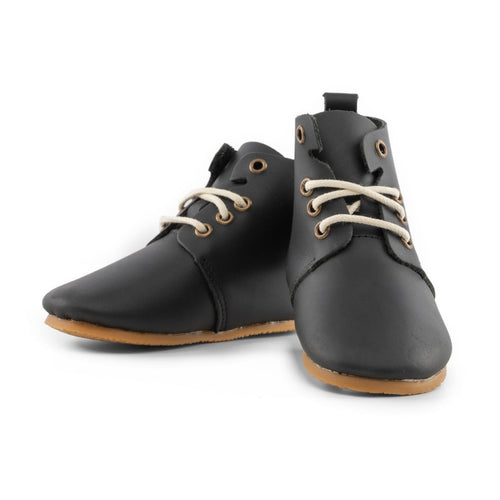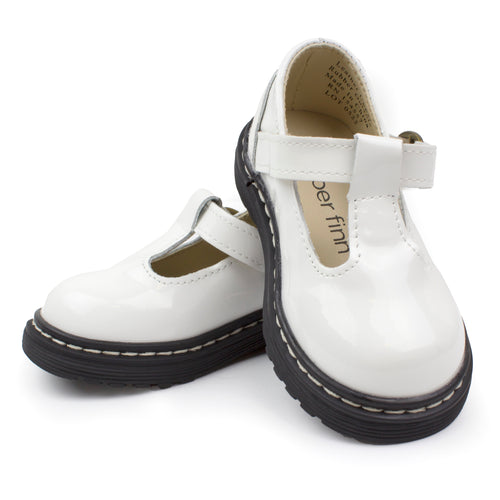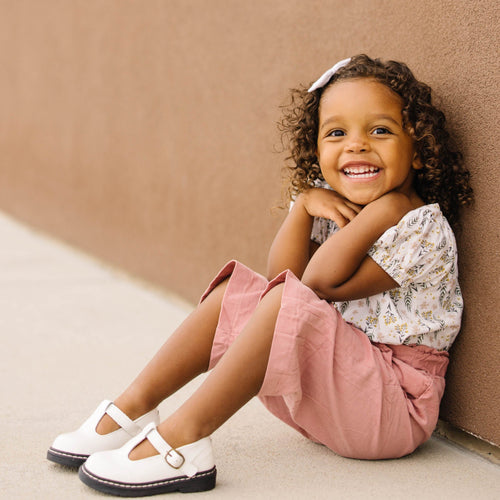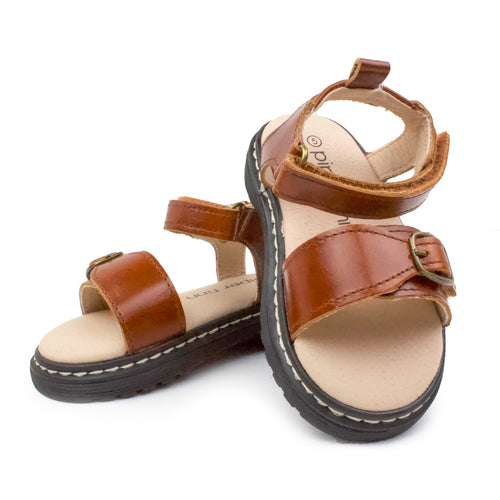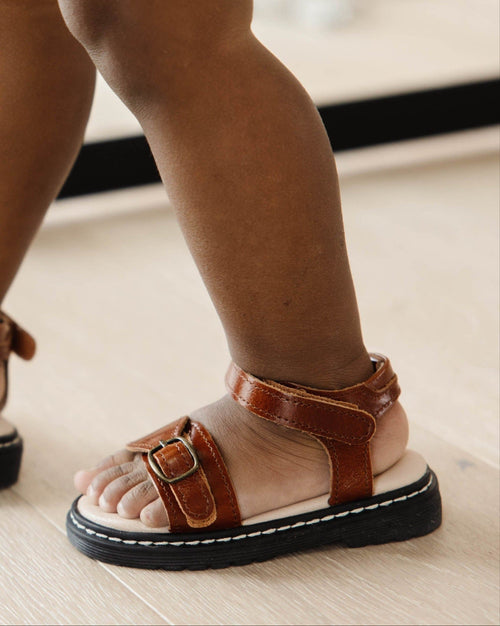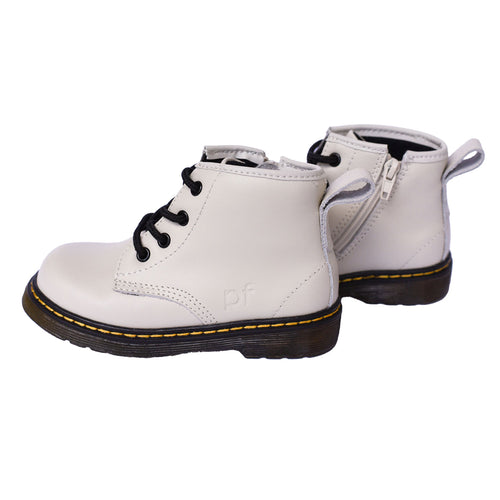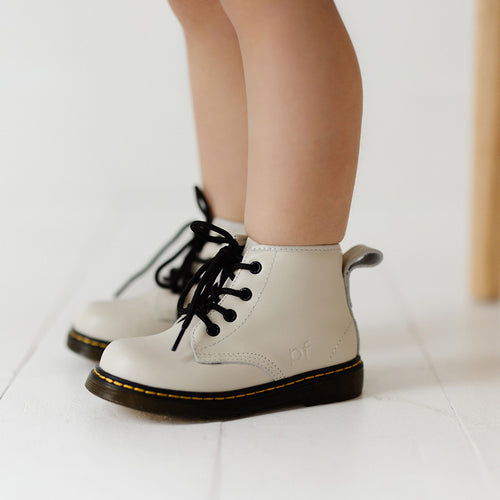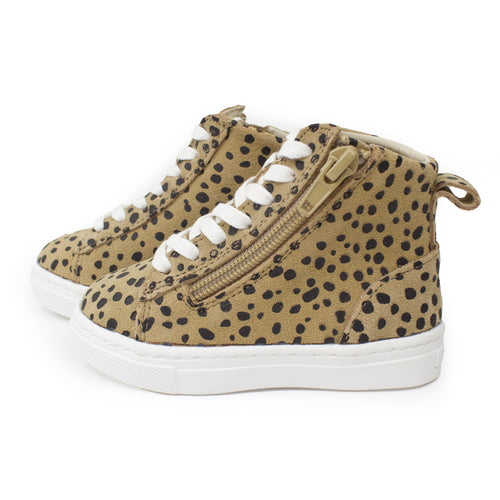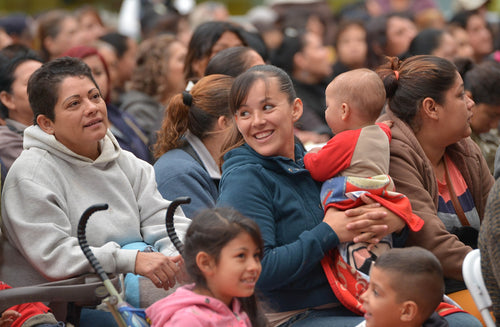Climate change is a critical issue affecting everyone, including the youngest members of our society. Explaining this complex topic to kids in an engaging, understandable, and inspiring way is essential to help develop a sense of responsibility and stewardship for the environment. We can empower young kids to make a positive impact and become future advocates for a greener world by introducing them to the concepts of climate change and explaining why sustainable practices are important.
It may feel like a complex task, but teaching young kids about climate change in an age-appropriate and engaging manner can lay the foundation for a generation of environmentally conscious individuals. In today’s Piper Finn blog post, we’ll explore why and how you can teach young kids about climate change to help them understand the importance of caring for our planet.
Why Teach Young Kids About Climate Change?
Teaching young kids about climate change is crucial for several reasons:
Early Awareness and Understanding
Young kids are curious and eager to learn about the world around them. Introducing them to the basic concepts of climate change helps them develop an understanding of environmental issues from an early age.
Building a Strong Foundation
Educating kids about climate change creates a foundation of knowledge that can grow as they age. This understanding equips them to grasp more complex concepts as they progress in their education.
Fostering a Sense of Responsibility
Teaching kids about climate change instills a sense of responsibility for the environment. They learn that their actions can impact the planet, encouraging them to make environmentally conscious choices.
Empowering Positive Actions
Kids who understand climate change are more likely to engage in actions that help mitigate its effects. By teaching them about eco-friendly practices, you empower them to make positive changes in their daily lives.
Creating Future Advocates
Educated kids are more likely to become informed and passionate advocates for environmental protection as they grow up. They can influence their peers, families, and communities to adopt sustainable habits.
Encouraging Critical Thinking
Discussing climate change with kids encourages them to question, think critically, and seek solutions. They learn to analyze issues and develop creative ways to address challenges.
Emphasizing Global Citizenship
Teaching kids about climate change connects them to a broader global perspective. They learn that environmental issues transcend borders and that collective action is essential.
Strengthening Emotional Connection
Understanding the impact of climate change on the planet, animals, and people helps kids develop empathy and a deeper emotional connection to nature.
Creating Lifelong Habits
Educational experiences in childhood often shape lifelong habits. Teaching kids about climate change and sustainable practices sets the stage for a lifetime of environmentally responsible behavior.
Preventing Misinformation
In today’s information-rich world, kids are exposed to various sources of information. Educating them about climate change ensures they receive accurate information from a trusted source.
How to Teach Young Kids About Climate Change
Step 1: Simplify the Concept
Start with basics like explaining how the earth has a special layer of air around it and help them understand that using too much stuff that creates special gases causes changes in weather and melting ice.
Step 2: Relate to Their World
Take kids outdoors to observe weather changes, animals, and plants and discuss how climate change affects these aspects of nature. You can also incorporate visual aids and simple experiments like seeing how ice melts.
Step 3: Encourage Eco-friendly Practices and Kid’s Recycling Projects
Teach them how to reuse, reduce and recycle and explain how it helps reduce pollution. Involve them in hands-on kids recycling projects like creating art from cardboard, plastic bottles, and paper or encouraging them to plant trees in the community.
Step 4: Lead by Example
Kids learn by observing, so practice what you preach, and your actions can leave a lasting impression. Engage the entire family in activities like clean-ups and planting trees and do earth-friendly activities together.
Step 5: Keep It Positive and Empower Advocacy
Focus on the positive changes they can make for climate change and reinforce positive behavior by celebrating their eco-friendly choices and actions. Explain that they’re becoming earth advocates and encourage them to share what they’ve learned with friends and family.
Final Thoughts
Teaching young kids about climate change is an educational endeavor and an investment in their future and the future of our planet. By simplifying complex concepts, connecting the issue to their daily lives, promoting sustainable practices, and empowering them to be advocates, we can nurture a generation of environmentally conscious individuals equipped to make informed choices and contribute positively to a greener world.
Image by Phichit Wongsunth from Pixabay

